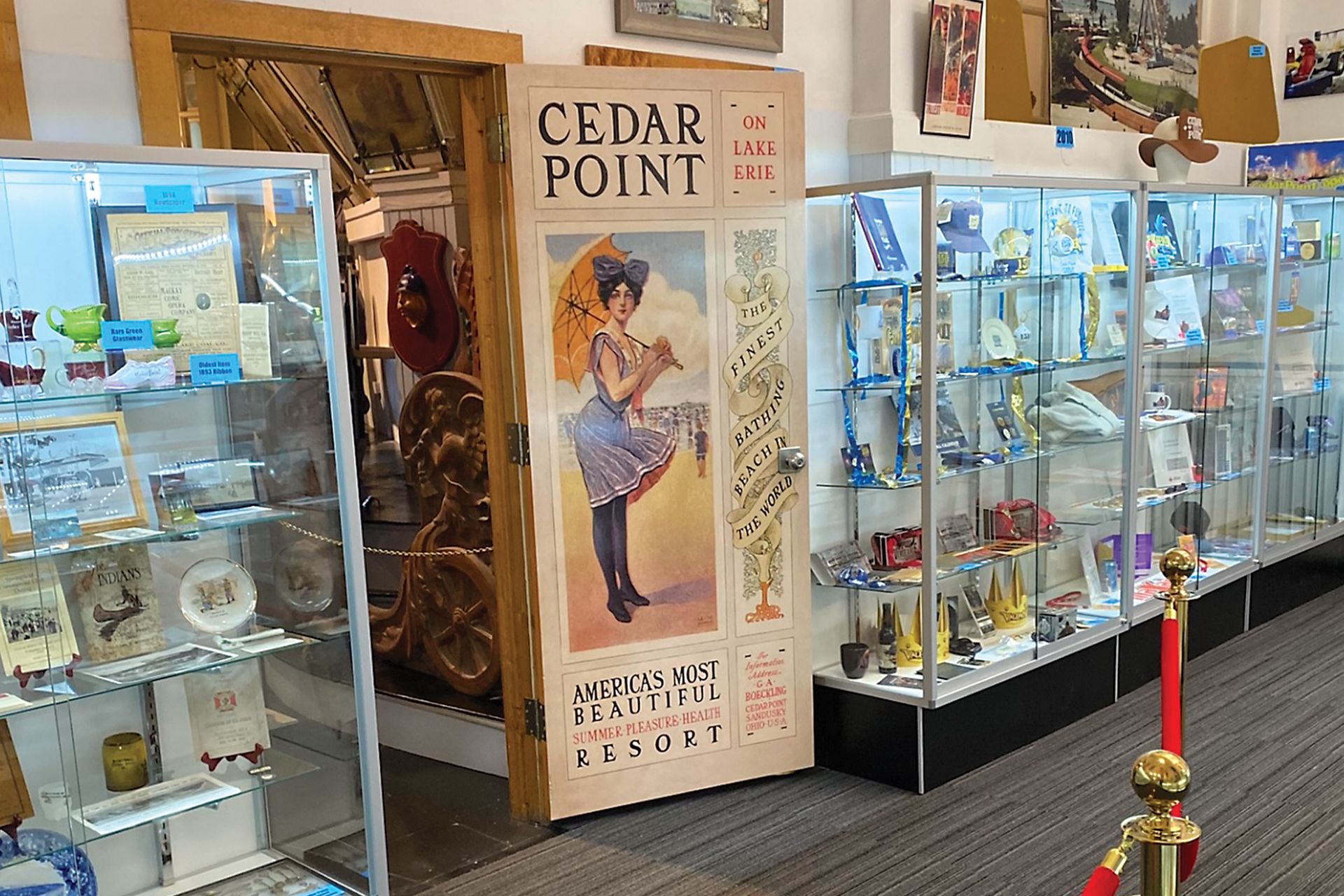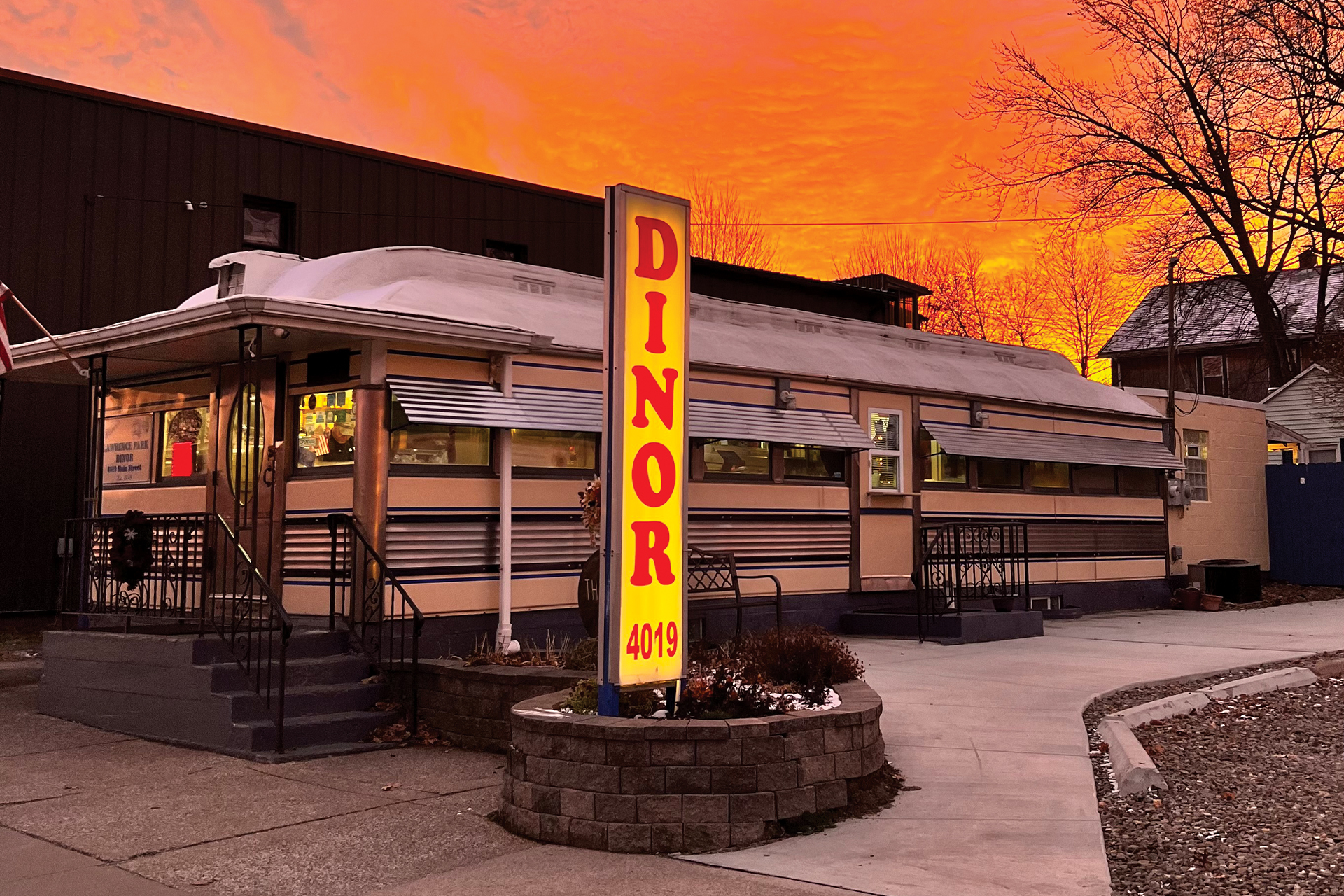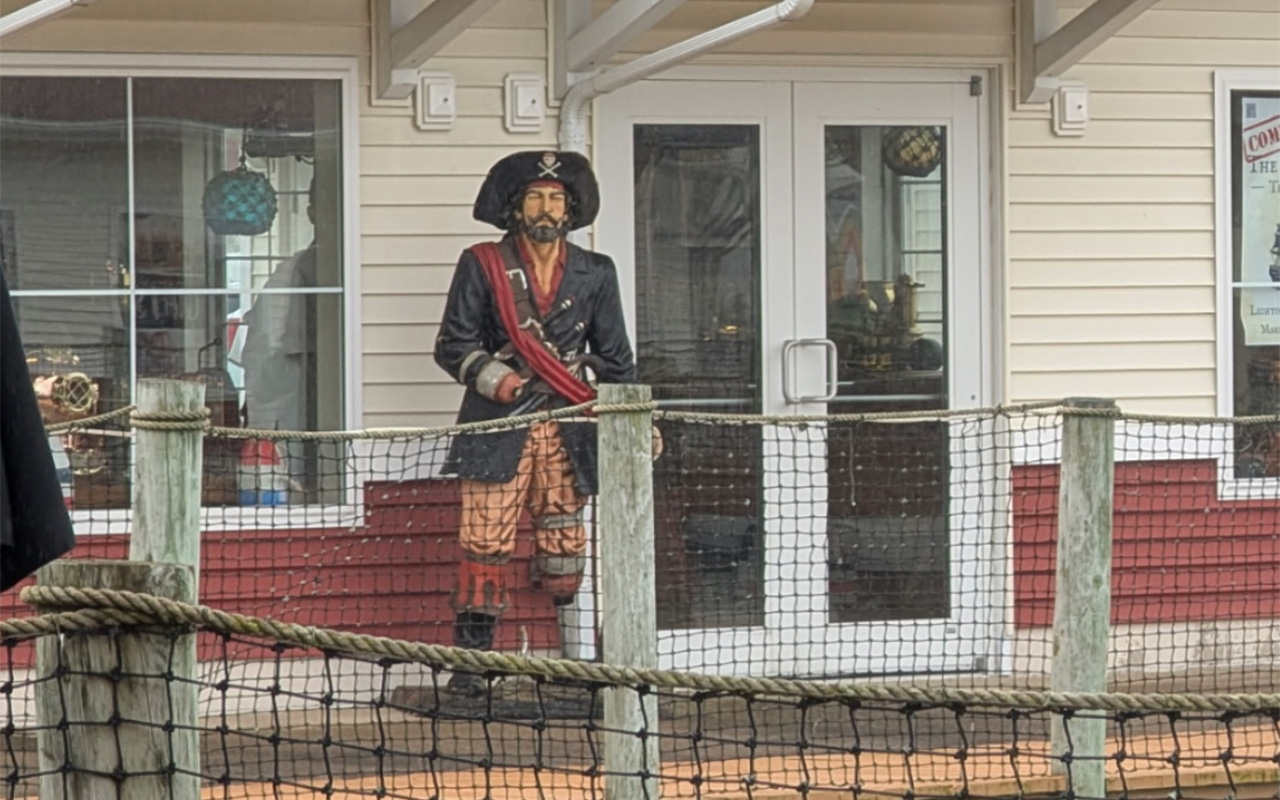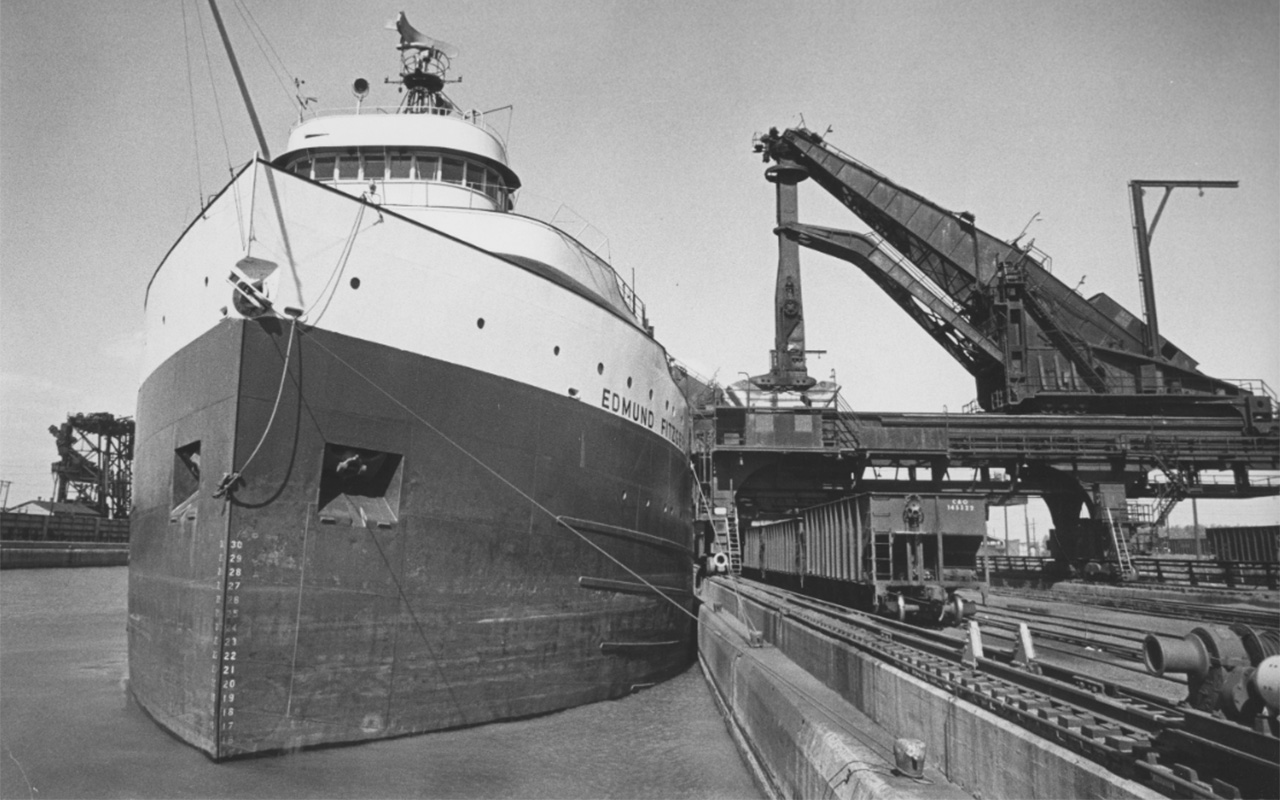Lost Lake Erie: Historic Hot Spots
From Hotel Victory and Captain Frank's Lobster House to the Lake Road Inn, find out more about some of Lake Erie's long forgotten destinations.
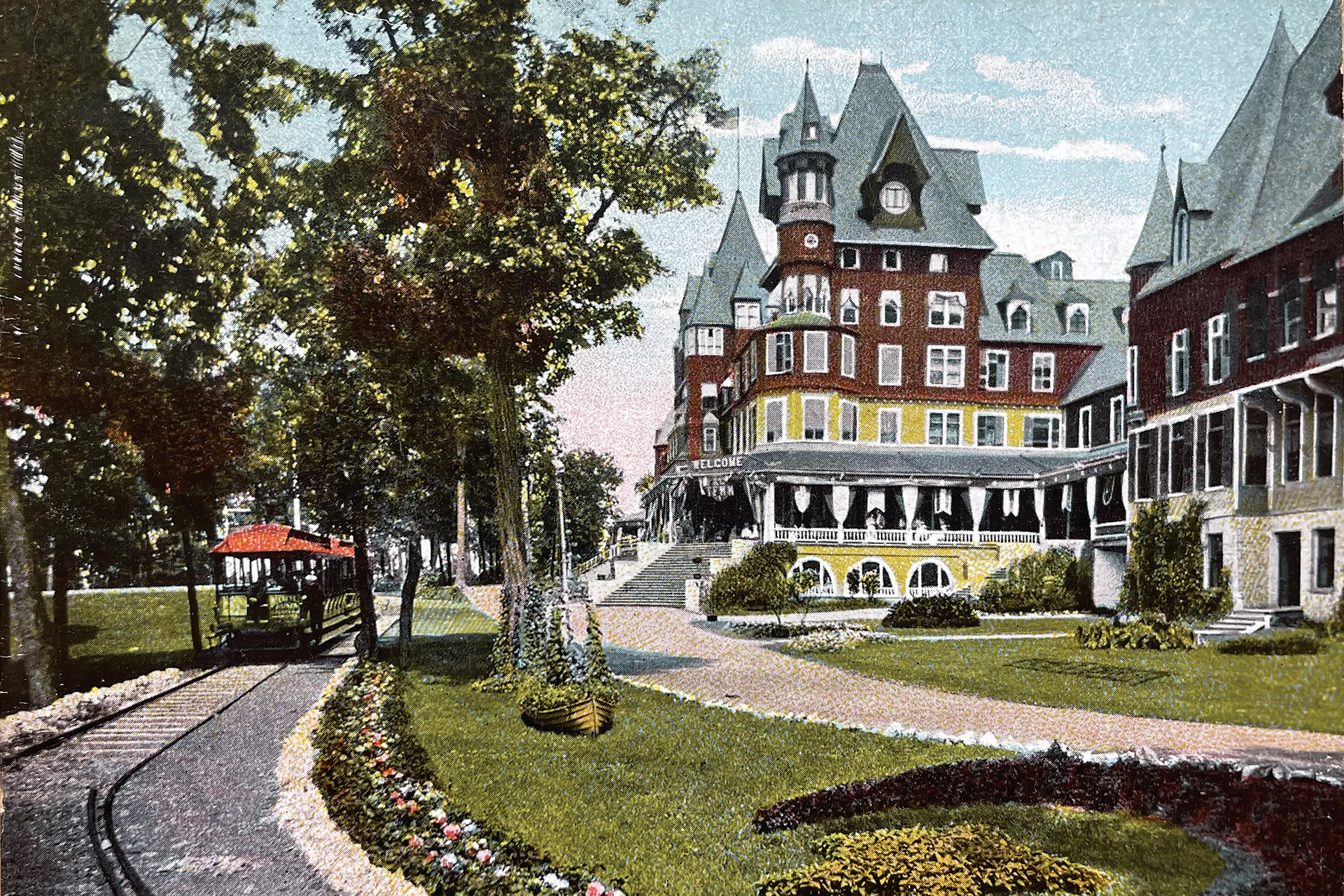
When you imagine an iconic grand hotel, it’s probably not in Put-in-Bay, Ohio, but the island once had bragging rights as home to the world’s largest summer resort hotel.
Hotel Victory, named after Commodore Oliver Hazard Perry’s Battle of Lake Erie win in the War of 1812, began welcoming guests in 1892. Set on 100 acres, the hotel could accommodate 1,500 guests.Hotel Victory had four floors of guest rooms, and some of the hotel’s towers even reached eight stories high. Along with a giant lobby where music was said to be played day and night, the hotel featured two large dining rooms that could serve more than a thousand guests at once. Visitors had a plethora of amenities at their fingertips, including an on-site post office and telegraph office, dentist and doctor’s offices, hairdressers and barbers, and laundry and tailoring services.
The hotel grounds, known as Victory Park, were just as elaborate, featuring a boardwalk to the shores of Lake Erie, a large cascading fountain, a wooden bridge spanning a ravine, and beautiful foliage and flowers.
Just a few months after opening, however, the hotel was pushed into receivership as its owners struggled to pay for its extravagant expenses and, several months later, the stock market crashed, forcing the hotel to close. Over several years, it reopened, closed and reopened again, until 1919, when a disastrous fire ripped through the property, burning it to the ground.
Today, South Bass Island State Park exists at the Hotel Victory’s former site. It’s often visited by campers who sometimes find artifacts like flatware and doorknobs, linking them tangibly with the island’s grandiose past.
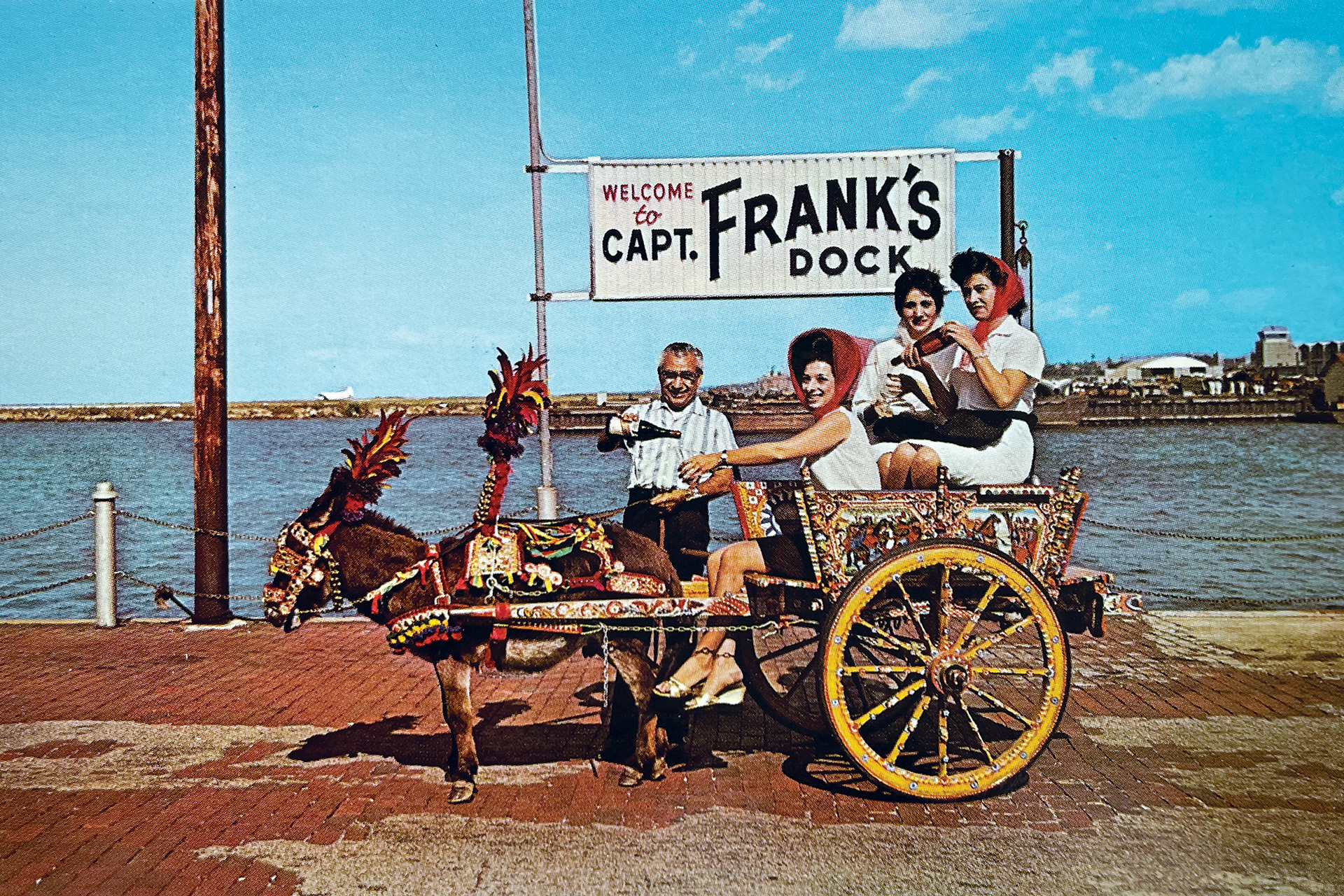
Captain Frank's Lobster House
From the 1950s through the ’80s, a visit to Cleveland’s waterfront wasn’t complete without a stop at Captain Frank’s Lobster House.
Sicilian immigrant Frank Visconti was the original Captain Frank. At first, he sold fish from a horse-drawn buggy and operated the old Fulton Fish Market in town. He then bought an abandoned boat depot on the East Ninth Street pier and, influenced by his Italian roots, transformed it into his beloved restaurant, selling wine imported from Portofino.
It was known for its lobster and seafood, indoor waterfall, fishing net décor and stunning lakefront views. It was also the place to go for celebrations both big and small.
“I used to love going to eat at Captain Frank’s when it was storming out, pretty cool view,” reminisces Robert Kosek Sr., who grew up in the area and went to the restaurant often. “Around the back of Captain Frank’s was a hot dog snack bar; it’s where all of the fishermen used to cast their bait.”
The Lake Road Inn
An electric buzz reverberated across a massive ballroom where hundreds of people were dancing the Charleston. It was the height of the Roaring Twenties, and the Lake Road Inn, in Avon Lake, Ohio, was the place to be.
The legendary inn opened in 1924 at Lake Shore Electric Stop 41, near the city’s eastern end. It was known for having the best dance floor in northern Ohio at the time, capable of holding up to 500 visitors — and many flocked to it each evening.
In October 1926, a fire blazed through the inn. It was one of a series of mysterious fires reported that year along Lake Road, between Cleveland and Lorain. The inn — where Guy Lombardo had performed and steak, duck and frog dinners were served — was never rebuilt.
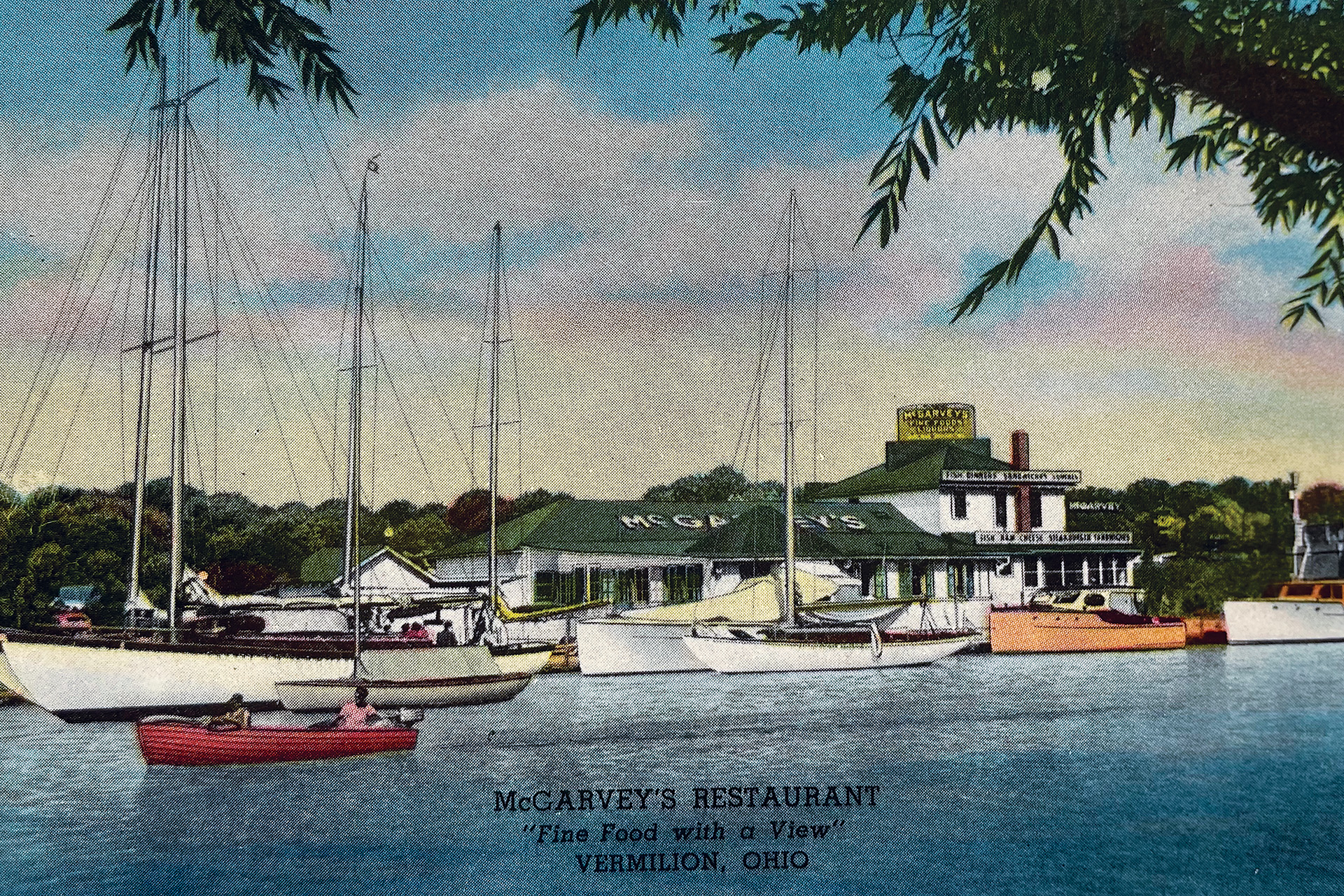
McGarvey’s Boat Drive-In
Molly Anders grew up in Vermilion and remembers going to McGarvey’s Boat Drive-In, which was located alongside the Vermilion River for decades, on very special occasions.
“My absolute favorite part was the treasure chest and being allowed to open it and pick a treasure for ourselves when we finished our meals,” she fondly recalls.
The kid-friendly atmosphere was a big draw for families, and the menu ranging from seafood to steak and mashed potatoes appealed to all ages.
McGarvey’s opened in the 1920s and changed ownership several times over the years, even at one point offering “Sip Sup N Sail,” which included a cocktail, dinner and boat ride, according to an old post card.
The restaurant was a popular place to visit by boat or land until it closed in the ’90s. The Vermilion Port Authority bought the property in 2000 and razed the building. Today it is the site of Quaker Steak & Lube.
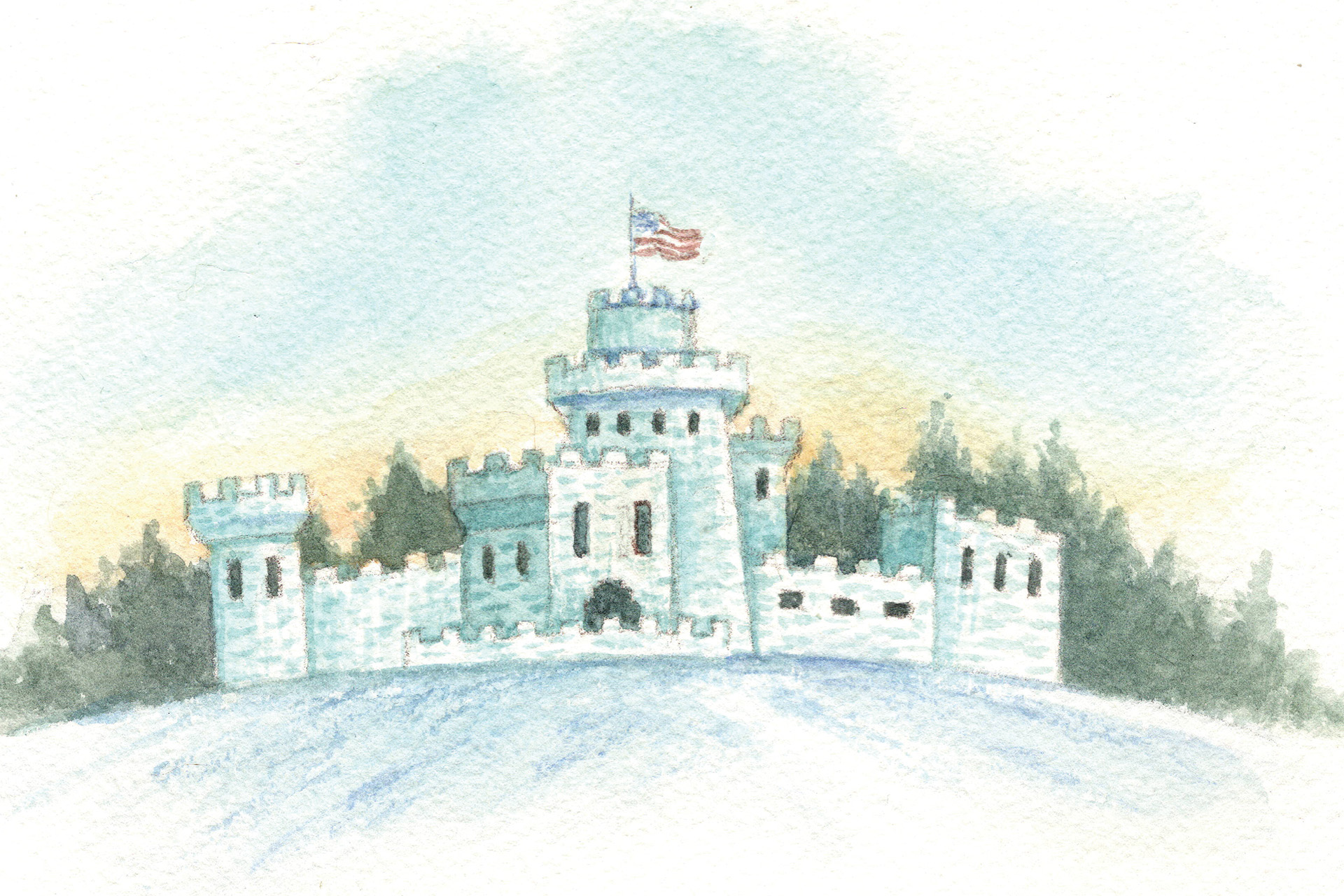
Fairport Ice Palace
It seemed like such a good idea.
In the late 1890s, folks in Fairport Harbor, Ohio, decided to celebrate winter by constructing an ice palace of soaring turrets and pinnacles and vast doorways. Hundreds of men worked on it for days and an elaborate program was planned for its reveal.
The sparkling structure was advertised as the highlight of an Ice Carnival, and newspaper accounts said it was “studded with a thousand electric lights — rivaling Montreal’s biggest carnival.”
However, when the palace was nearly completed, and people from all around eagerly waited to marvel at its beauty, the sun broke through the February clouds, causing the temperature to quickly rise into the 40s.
The carved intricacies of the palace were briefly illuminated by the sunshine, before quickly melting to the ground.
The Peerless Champagne Co.
For years wild grapes grew abundantly on Ohio’s North Bass Island, thanks to warm lake breezes and the longer growing season they offered. In the late 1800s, winemakers took notice and began planting Catawba, Concord and Delaware grape varieties on the island.
Rudolph Siefield of Oak Harbor, Ohio, bought land on the north shore of the island and became the owner and operator of the Peerless Champagne Co., transforming his Catawba grapes into fine champagne. He and his wife, Nana Fox, from the nearby island of Put-in-Bay, spent many happy years raising their three children alongside their vineyards.
Yet, they suffered tragedy when their adult son, Walter, died after being shot the day of his wedding by a gun, intended for a celebratory salute, that fired after being accidentally knocked over. The church in which they were married, North Bass Island Chapel, was considered bad luck for decades until weddings resumed in the 1960s and have happily continued ever since.
Stay on top of everything Lake Erie has to offer — all year long — by subscribing to our free The Splash newsletter. It’s your guide to the best food, drinks, parks, beaches, shopping, festivals, music and more.


